Bethany Beachum
In a world where the population is becoming increasingly urban every day, what does it look like to respond to this reality? According to one study, civilization crossed a landmark in 2008 with half the global population now living in urban areas. Fifty years ago it was 30%. A century ago it was 10%. As the world becomes increasingly urban, there is also an increase in the number of urban poor. For those that live in poverty, this carries the implications of limited access to employment opportunities, insecure housing, violent and unhealthy environments, and limited access to health and education.
In Nicaragua, the Nehemiah Center is responding to urbanization by focusing on the development of Strategies for Urban Transformation (ETU in Spanish). Targeting small barrios in the cities of León and Chinandega, the Strategy for Urban Transformation seeks to form leaders from local churches in principles of a Biblical worldview, transforming their attitudes, beliefs, and conduct in all areas of life. These leaders then facilitate the same changes in others and contribute to the transformation of their communities using its own resources, talents and abilities.
Roberto Armas, facilitator of the program for the Nehemiah Center, explains, “This ministry is very unique because it promotes using resources and potential that the community already has. Furthermore, it is a program that incorporates Christian values and seeks transformation from a Biblical perspective.”
Cruz Lorena, a middle-aged mother, is now involved in the program in Anexo La Arrocera in León. On the porch of her home one afternoon, she shared about her barrio: “When I came here four years ago, I didn’t even have running water and the conditions were very unstable. But the community has been growing since then and today there are 54 houses. There is still much physical and spiritual poverty though. It is in this context that we are teaching computer lessons, making jewelry, doing basket-weaving and searching for people who want to transform their community.”
Roberto shares, “There are many changes in the communities I can mention – among them, is the fact that the church can serve the community now. Through the ETU program, leaders are commiting to service in their community and there is a capacity to replicate workshops and local initiatives to start small projects.”
In conclusion, Roberto explains, “There are many projects that come into a neighborhood but don’t promote kingdom values. We say, ‘We can’t give you a roof, but you can live in peace, you are dignified.’ I believe that is key. It is development that promotes life in people who are in the midst of much darkness.”
The Nehemiah Center’s vision is for the local church to walk hand in hand with the community for the common good, seeking holistic, participative ministry. This is what ETU is seeking to do in the barrios of León and Chinandega. As a parting comment, Cruz Lorena adds, “We do this because the mercy of God has been great in our own lives.”




